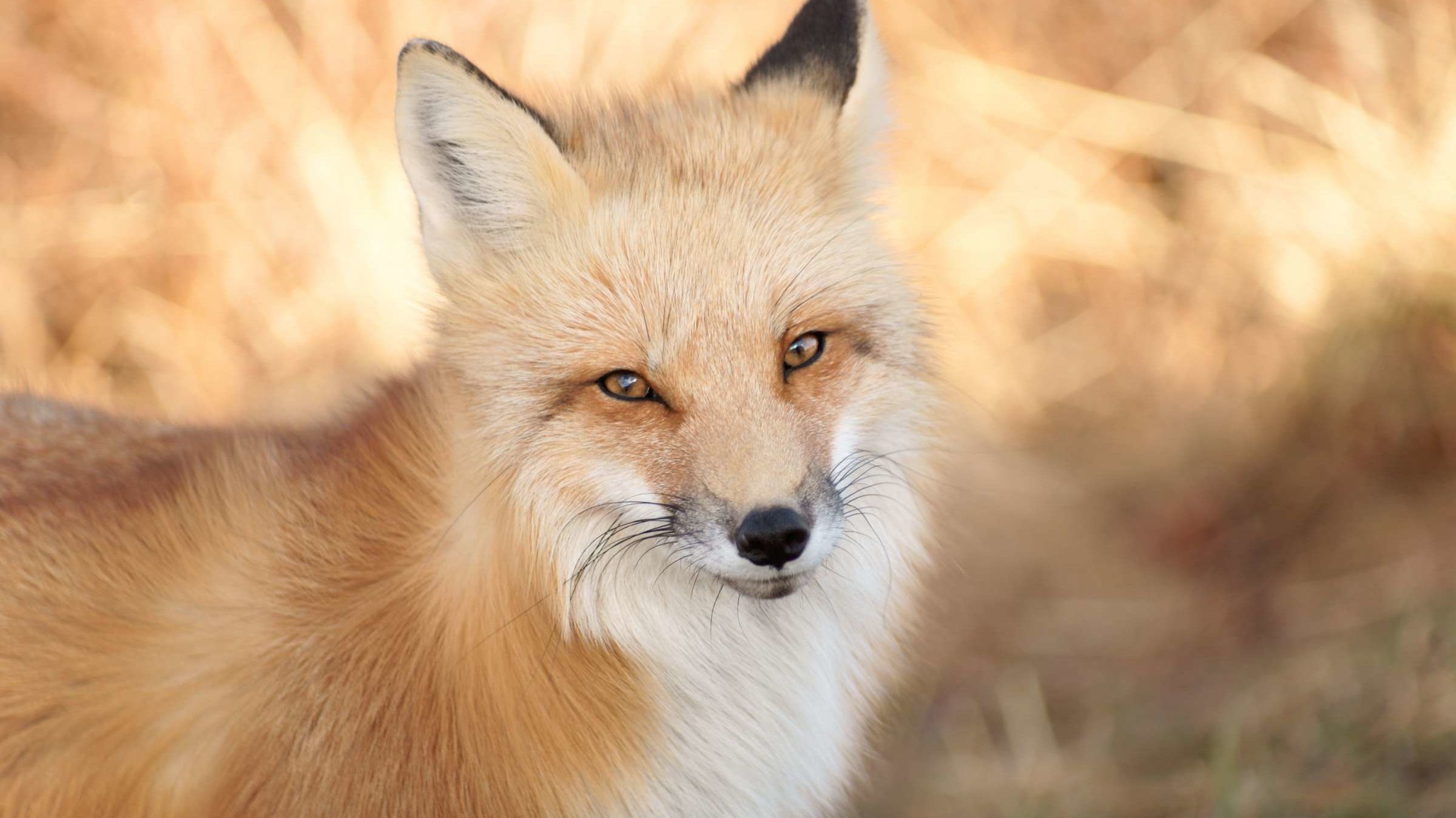The Fox in Debate and Rhetoric: Fox Debate

The fox, with its cunning and adaptability, has long been a popular metaphor in political discourse, particularly in debates and arguments. This metaphor often reflects the strategies and tactics employed by politicians and their supporters, highlighting the complexities of political maneuvering.
The Fox as a Symbol of Political Cunning
The fox is often associated with cunning, deception, and the ability to outwit opponents. This characteristic is frequently used to describe politicians who are perceived as skilled negotiators, strategists, and manipulators. For instance, a politician who successfully navigates a complex political landscape, outmaneuvering their rivals, might be described as a “fox in the henhouse,” highlighting their ability to thrive in a challenging environment.
- Niccolò Machiavelli, in his seminal work *The Prince*, famously advocated for the use of deception and cunning in political strategy. He argued that a ruler should be willing to employ any means necessary to maintain power, even if it meant resorting to dishonesty or manipulation. This Machiavellian approach, often associated with the fox, has been a recurring theme in political discourse throughout history.
- Richard Nixon, known for his political maneuvering and strategic use of information, was often described as a “fox” in the political arena. His Watergate scandal, however, demonstrated the potential dangers of using cunning and deception for personal gain, highlighting the ethical implications of employing fox-like tactics in politics.
The Fox in Contemporary Culture

The fox, once primarily a symbol of cunning and trickery in folklore, has evolved into a multifaceted figure in modern media and popular culture. Its portrayal in contemporary storytelling has become increasingly nuanced, reflecting evolving societal views and interpretations of its inherent characteristics.
The Fox in Modern Media, Fox debate
The fox’s depiction in modern media often strays from its traditional cunning persona, embracing a wider range of characteristics. This evolution is evident in various forms of media, from film and television to literature.
- In animated films, the fox often takes on a more playful and endearing role, as seen in Disney’s “The Fox and the Hound” (1981), where the fox character, Tod, is depicted as a mischievous but ultimately lovable friend.
- Television shows like “The Fox and the Hound” (1981) portray foxes in a more complex light, highlighting their intelligence, resourcefulness, and adaptability. In the animated series “The Fox and the Hound” (1981), the fox character, Tod, is portrayed as a mischievous but ultimately lovable friend.
- Literature, too, showcases the fox in a broader spectrum of roles. In children’s books, foxes are often presented as clever and resourceful characters, such as in Roald Dahl’s “Fantastic Mr. Fox” (1970), where the fox protagonist outsmarts three malicious farmers.
The Fox debate, while engaging, sometimes feels like a storm in a teacup. It’s a reminder that even the most heated arguments can be dwarfed by the real-world impact of natural disasters like tropical storm Debby , which caused widespread damage and disruption.
While the Fox debate might be a source of entertainment, it’s important to remember the bigger picture and the real challenges facing our world.
The Fox debate has sparked heated discussions about the role of media in shaping political discourse. While the focus on specific policy issues is important, the upcoming september presidential debate will likely offer a more comprehensive view of the candidates’ stances on various matters.
This debate could provide valuable insights into the candidates’ leadership qualities, communication skills, and their ability to engage with diverse perspectives, which are crucial considerations for voters in the upcoming election.
